SERVICES
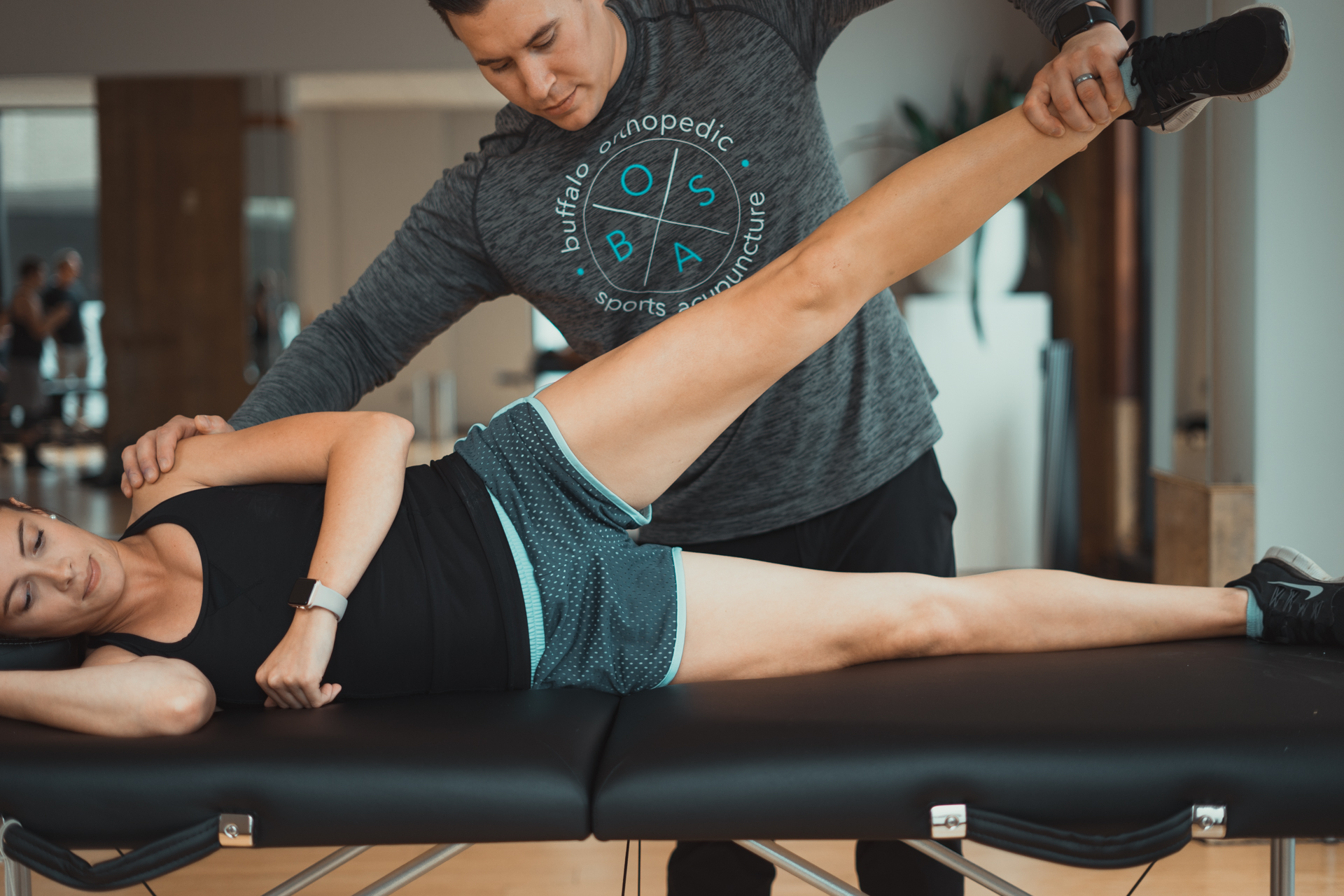
STRENGTH ASSESSMENT
The first thing we do is put each patient through a thorough assessment to figure out the why behind each individual injury. We use a combination of muscle testing, orthopedic testing, range of motion testing, and an assessment of the individual’s mechanics to determine what muscles are creating the problem or inhibited due to injury.

STRENGTH ASSESSMENT
The first thing we do is put each patient through a thorough assessment to figure out the why behind each individual injury. We use a combination of muscle testing, orthopedic testing, range of motion testing, and an assessment of the individual’s mechanics to determine what muscles are creating the problem or inhibited due to injury.
SPORTS ACUPUNCTURE
Sports acupuncture was developed with the understanding of neurology and the functions of muscles. The first step to treatment with acupuncture is an assessment of which muscles may be contributing to the condition. Once this is defined, we are able to find the points in which nerves meet those muscles, known as motor points. When an acupuncture needle is used on a motor point with an electric impulse, it creates a contraction and relaxation phase releasing tight contracted bands of muscle. This is like hitting a reset button on the muscle. The results are immediate pain relief and improved muscle contractibility and mobility.
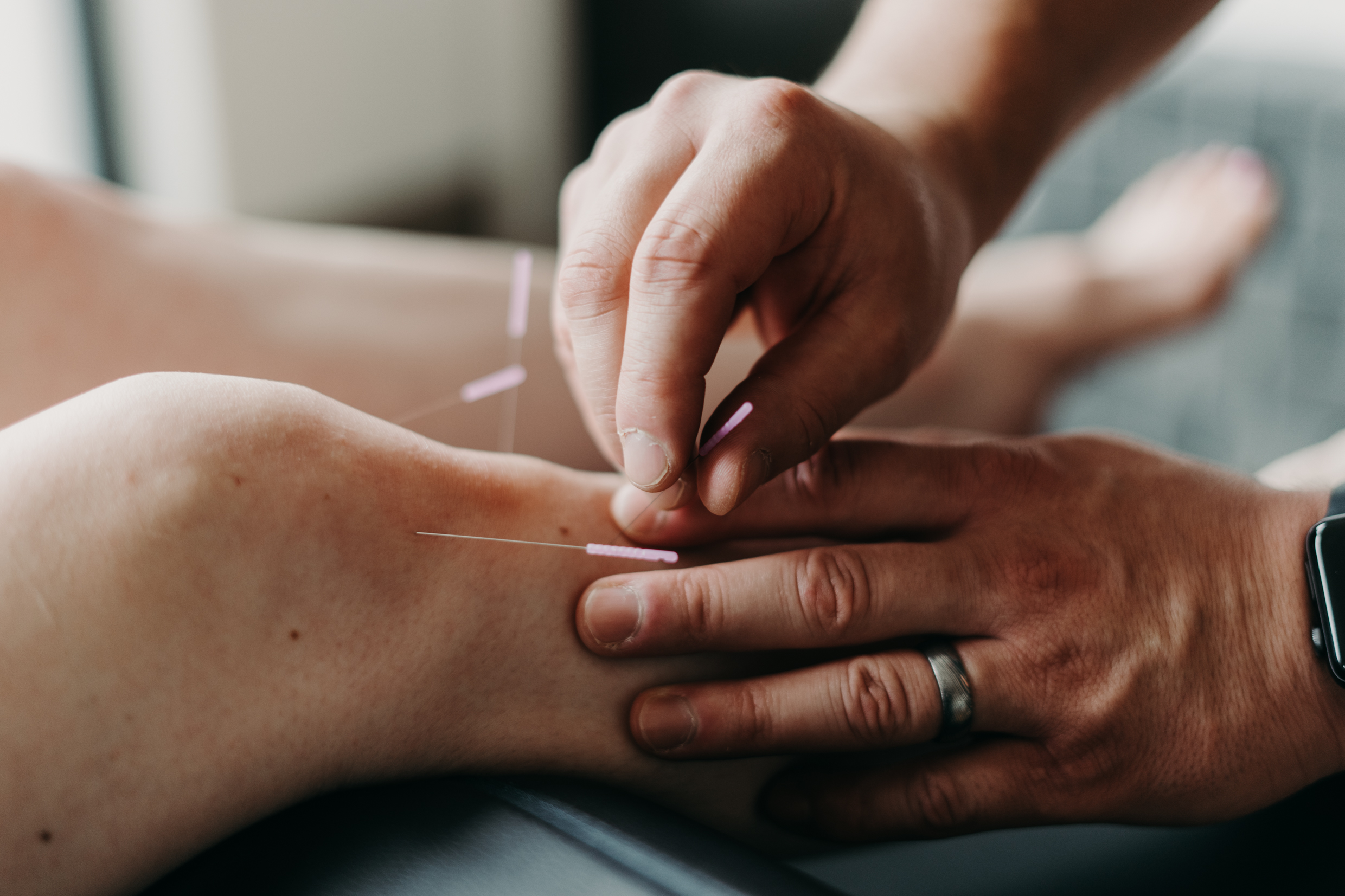

SPORTS ACUPUNCTURE
Sports acupuncture was developed with the understanding of neurology and the functions of muscles. The first step to treatment with acupuncture is an assessment of which muscles may be contributing to the condition. Once this is defined, we are able to find the points in which nerves meet those muscles, known as motor points. When an acupuncture needle is used on a motor point with an electric impulse, it creates a contraction and relaxation phase releasing tight contracted bands of muscle. This is like hitting a reset button on the muscle. The results are immediate pain relief and improved muscle contractibility and mobility.
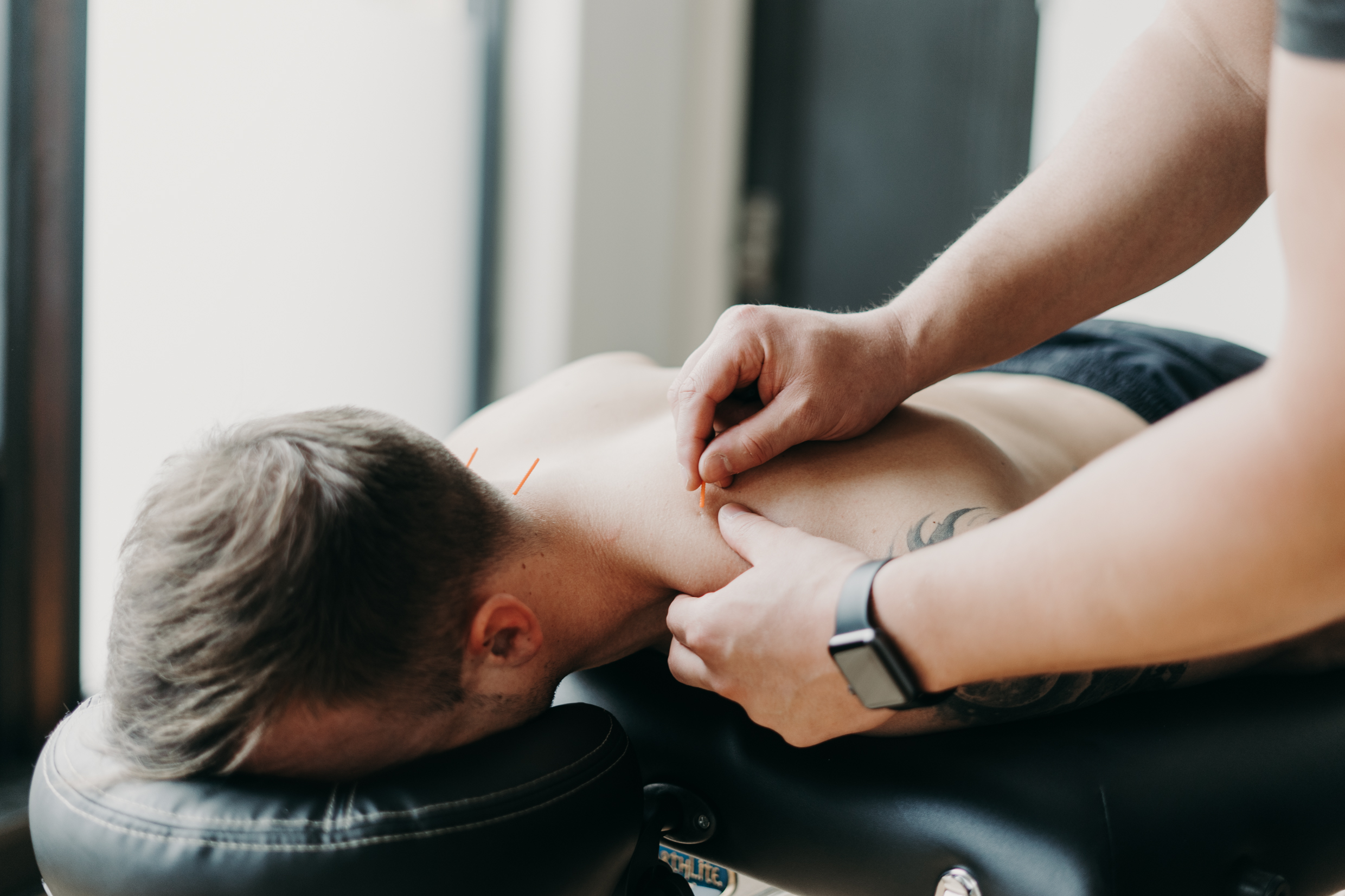
DRY NEEDLING
Dry needling uses a small, solid filament needle which is inserted into a painful contracted and knotted muscle to create a local twitch reflex. This is both diagnostic and therapeutic as it is the first step in breaking the pain cycle – as research shows, it decreases muscle contraction, reduces chemical irritation, improves flexibility, and decreases pain. In addition, when a needle is inserted into a muscle, it produces a controlled lesion and cuts between 3,000 and 15,000 individual muscle fibers. The body considers the needle a foreign invader and will activate the immune system as a response. The cut muscle fibers also produce an inflammatory reaction that the body responds to not just locally, but all over the body to reduce inflammation systemically.

DRY NEEDLING
Dry needling uses a small, solid filament needle which is inserted into a painful contracted and knotted muscle to create a local twitch reflex. This is both diagnostic and therapeutic as it is the first step in breaking the pain cycle – as research shows, it decreases muscle contraction, reduces chemical irritation, improves flexibility, and decreases pain. In addition, when a needle is inserted into a muscle, it produces a controlled lesion and cuts between 3,000 and 15,000 individual muscle fibers. The body considers the needle a foreign invader and will activate the immune system as a response. The cut muscle fibers also produce an inflammatory reaction that the body responds to not just locally, but all over the body to reduce inflammation systemically.
NEUROFUNCTIONAL ACUPUNCTURE
(ELECTRO STIMULATION)
Neurofunctional acupuncture, or electro stimulation, treatments are easy to replicate using a neurofunctional diagnostic approach. A neurofunctional diagnostic approach does not seek a single hypothetical source of pain; instead it investigates, clinically, the most common levels of dysfunction associated with a given pain problem, namely neurological, biomechanical, muscular, metabolic, and psycho-emotional levels. Clinical examination aims to determine which muscles are neurologically inhibited and which are weak due to atrophy, which tissues have lost normal texture, which kinetic chains are not working properly, and which peripheral nerves have developed mechanosensitivity, among other things. Understanding all these aspects allows the practitioner to design a truly individualized integrated neurofunctional acupuncture treatment plan. Specifically, neurofunctional acupuncture interventions aim to facilitate modulation of neurological activity at every level identified as having been disturbed, such as autonomic sympathetic and parasympathetic, motor and sensory somatic, and central (autonomic centers, somatic areas, limbic system, cerebellum, etc.).
Source: Dr. Alejandro Ellelorega
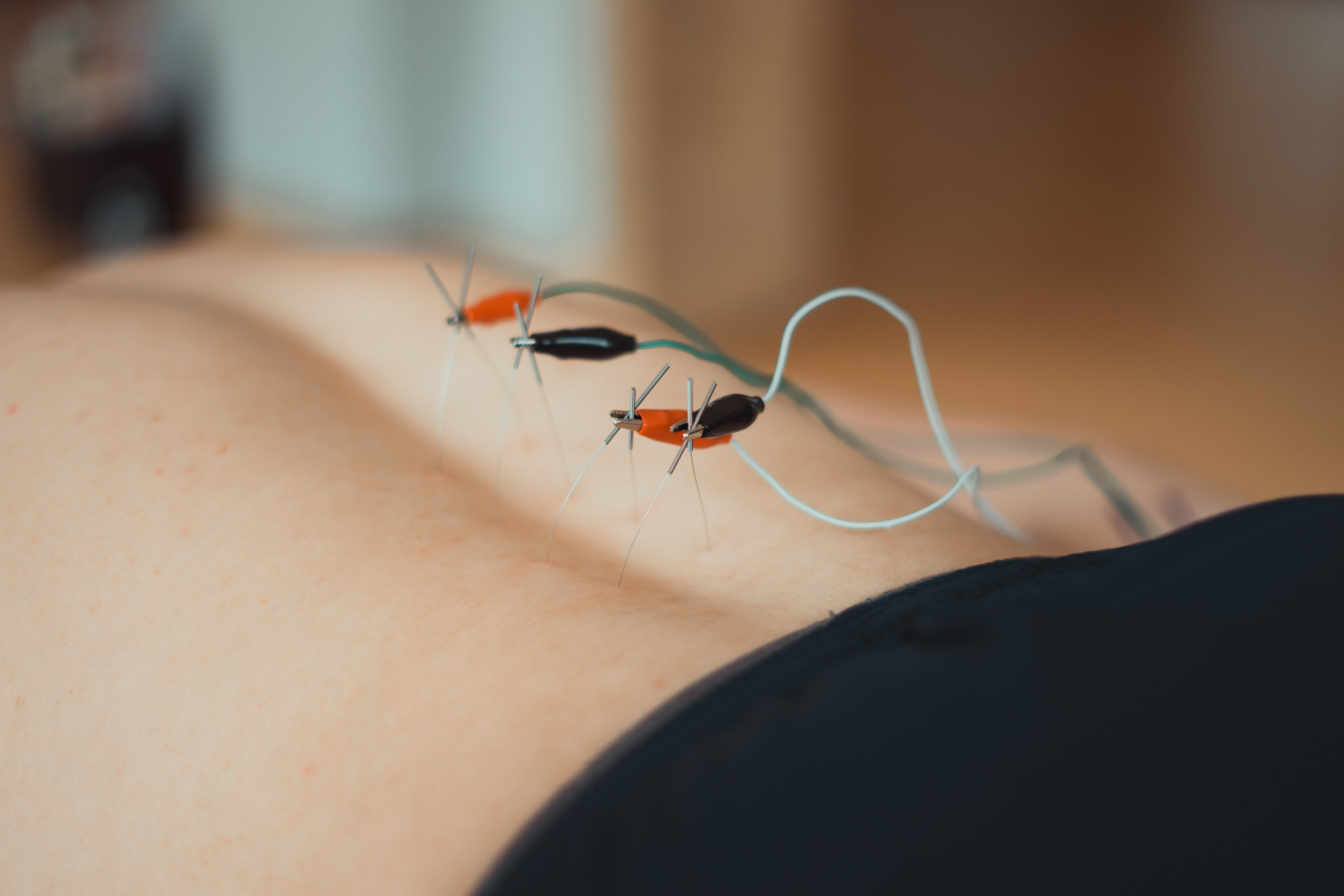

NEUROFUNCTIONAL ACUPUNCTURE
(ELECTRO STIMULATION)
Neurofunctional acupuncture, or electro stimulation, treatments are easy to replicate using a neurofunctional diagnostic approach. A neurofunctional diagnostic approach does not seek a single hypothetical source of pain; instead it investigates, clinically, the most common levels of dysfunction associated with a given pain problem, namely neurological, biomechanical, muscular, metabolic, and psycho-emotional levels. Clinical examination aims to determine which muscles are neurologically inhibited and which are weak due to atrophy, which tissues have lost normal texture, which kinetic chains are not working properly, and which peripheral nerves have developed mechanosensitivity, among other things. Understanding all these aspects allows the practitioner to design a truly individualized integrated neurofunctional acupuncture treatment plan. Specifically, neurofunctional acupuncture interventions aim to facilitate modulation of neurological activity at every level identified as having been disturbed, such as autonomic sympathetic and parasympathetic, motor and sensory somatic, and central (autonomic centers, somatic areas, limbic system, cerebellum, etc.).
Source: Dr. Alejandro Ellelorega
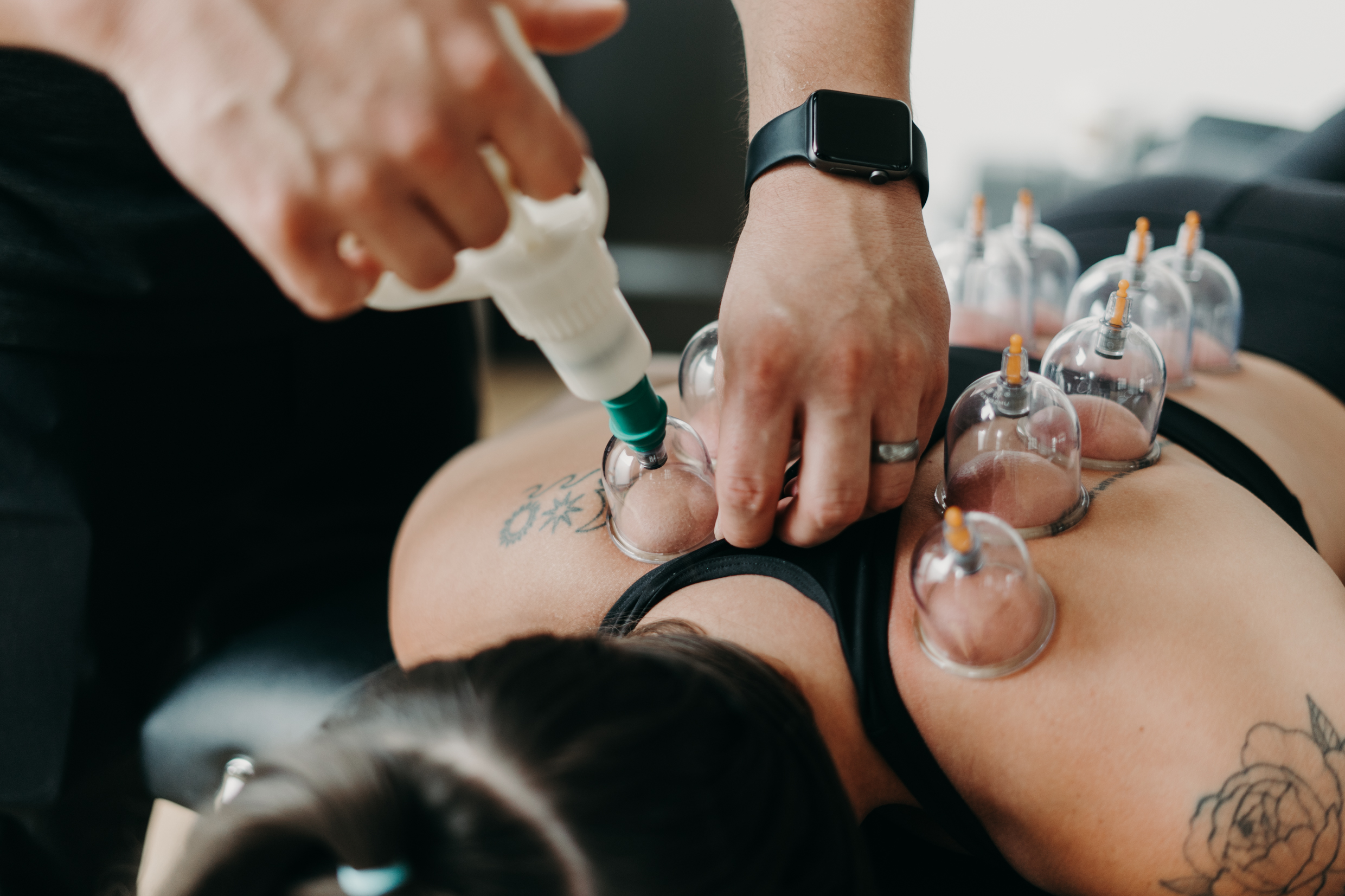
MYOFASCIAL DECOMPRESSION
(CUPPING)
Myofascial decompression, or cupping, techniques are movement-based sets of manual therapy treatment techniques. These techniques evolved from the need to address sports and orthopedic injuries that did not respond to traditional joint mobilization, high-velocity, low-amplitude thrust (HVLAT) techniques, other soft tissue interventions, or therapeutic exercise. Simply addressing symptom-based articular, neural, or muscular complaints are temporary fixes when the root cause of the problem may be connective tissue matrix dysfunction or fascial plane restriction. Without addressing soft tissue densification and compensatory movement inefficiencies they may cause, outcomes will be less effective. Here at BOSA, we aim to maximize results with techniques that combine efficient biomechanics and movement patterns with foundations of myofascial release (MFR), muscle energy, mobilization with movement, proprioceptive neuromuscular facilitation (PNF), and tool-assisted soft tissue methods.

MYOFASCIAL DECOMPRESSION
(CUPPING)
Myofascial decompression, or cupping, techniques are movement-based sets of manual therapy treatment techniques. These techniques evolved from the need to address sports and orthopedic injuries that did not respond to traditional joint mobilization, high-velocity, low-amplitude thrust (HVLAT) techniques, other soft tissue interventions, or therapeutic exercise. Simply addressing symptom-based articular, neural, or muscular complaints are temporary fixes when the root cause of the problem may be connective tissue matrix dysfunction or fascial plane restriction. Without addressing soft tissue densification and compensatory movement inefficiencies they may cause, outcomes will be less effective. Here at BOSA, we aim to maximize results with techniques that combine efficient biomechanics and movement patterns with foundations of myofascial release (MFR), muscle energy, mobilization with movement, proprioceptive neuromuscular facilitation (PNF), and tool-assisted soft tissue methods.
KINESIOLOGY TAPING
Kinesiology tape is, quite literally, tape that you (or your friendly acupuncturist) apply to your muscles. It is an elastic tape that provides proprioceptive sensory input into an area, while still allowing for a full range of motion.
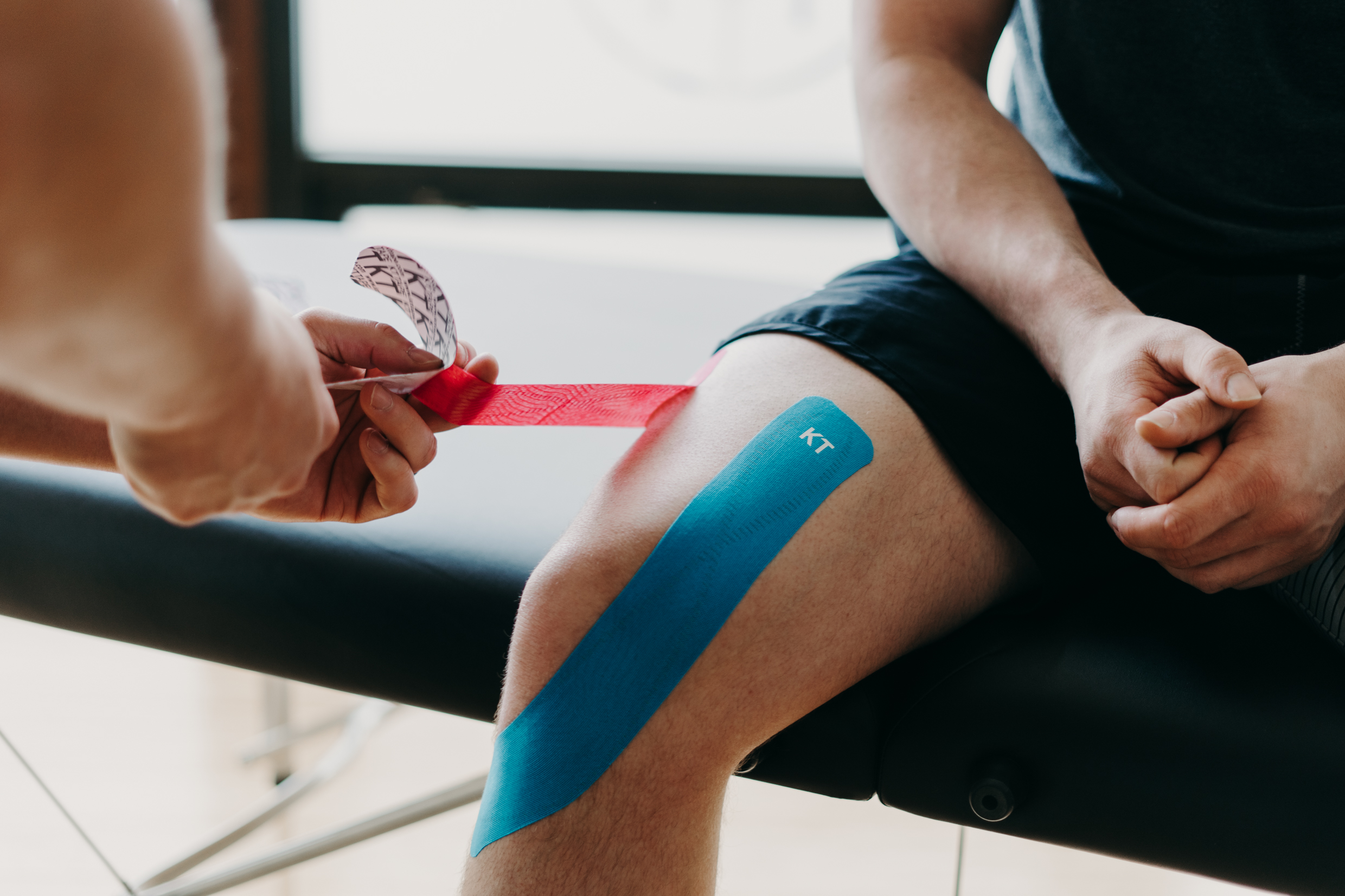

KINESIOLOGY TAPING
Kinesiology tape is, quite literally, tape that you (or your friendly acupuncturist) apply to your muscles. It is an elastic tape that provides proprioceptive sensory input into an area, while still allowing for a full range of motion.
